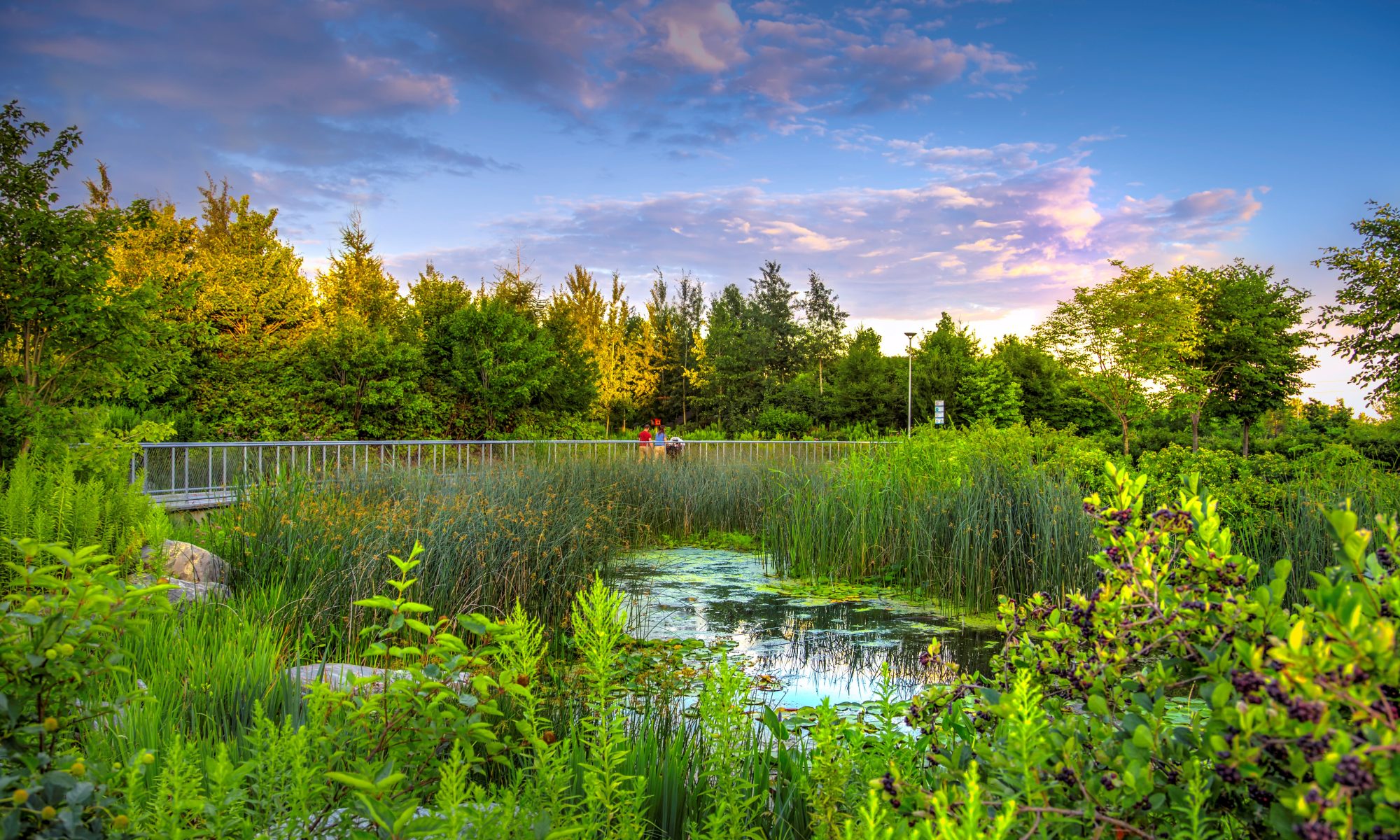Table of Contents:
1. Definition
2.Importance
3. Problems
4. Ways to Protect the wetlands
5.Reference
1. Definition
The USGS can give us the answer. In their website, it mentioned that "Wetlands are transitional areas, sandwiched between permanently flooded deepwater environments and well-drained uplands, where the water table is usually at or near the surface or the land is covered by shallow water. They include mangroves, marshes (salt, brackish, intermediate, and fresh), swamps, forested wetlands, bogs, wet prairies, prairie potholes, and vernal pools(1)"

https://pacinst.org/the-wonder-of-wetlands-a-nature-based-solution-for-environmental-challenges/
2. Importance
1. Wetlands Support the Economy
"Coastal wetlands provide homes to more than half of the $5.6 billion commercial seafood harvest in the United States. Wetland habitat also benefits recreational fisheries which contribute hundreds of thousands of jobs to the economy. Americans use wetlands for other types of recreation too, like kayaking and watching nature. These activities draw locals and tourists to contribute to the multi-billion dollar outdoor recreation economy"(2).
2. More Wetlands are equal to more Fish
"Endangered and threatened fish like salmon, trout, and steelhead rely on wetlands as a safe place for juveniles to feed and grow. Commercially and recreationally important species like blue crabs, oysters, clams, shrimp, and red drum, rely on coastal wetlands during some or all of their lifecycle"(2).
3. Wetlands Protect the Coast and Communities
"Coastal wetlands act as nature's giant sponges, absorbing floods and wave energy from storms, improving property protection by up to 20 percent. One acre of wetlands can store as much as 1.5 million gallons of floodwater. Wetlands save coastal communities $23 billion annually by protecting them from the effects of storms. In the hurricane-prone Atlantic and Gulf coasts, each square mile of wetlands saves almost $700,000 in storm damage on average each year"(2).
4. Wetlands Keep Our Water and Air Clean
"Wetlands act as nature’s kidneys by trapping and filtering harmful nutrients and hazardous chemicals before they get to rivers, bays, and beaches. Clean water protects tourism and property values in waterfront communities. Wetlands also absorb 8.1 million tons of carbon dioxide each year from the atmosphere"(2).
5. Wetlands and Nature Are Good for Our Health
"Wetland habitats are beautiful landscapes. Along with their beauty, a growing body of evidence indicates exposure and contact with natural environments is associated with better health and well-being"(2).
Through this part, we can know the importance of the wetlands. Then what is the problems of the wetlands in Chicago and how can we protect them. Let's look at the next part.
3. Problems
In an article, it mention that "In 1989 Illinois passed the Interagency Wetland Policy Act (Act) in response to a land survey which indicated only about 9% of the state’s native wetlands remained intact"(3). It pointed out that the area of the wetlands in Chicago is shrinking with the time goes by. It talked about the problem about that "the inadequate regulation has failed to properly protect Illinois' Wetlands"(3). In the article, it use some examples to show the topic. "The O’Hare Airport expansion project is a great example of the questionable application of this Act by Illinois government officials. The project at O’Hare, which sits 16 miles northwest of downtown Chicago, destroyed dozens of acres of wetlands along the Des Plaines River Basin. To compensate, wetland habitats in Pine Dunes Forest Preserve were restored. The problem, however, is that the Pine Dunes Forest Preserve is located 36 miles north of O’Hare along the northern border of Illinois. Officials approved the location because it is part of the same river basin as the wetlands impacted by the project. But this area remains largely undeveloped with much of the original landscape still intact. Additionally, because the restored wetland sits along the northern border where other functioning wetlands remain, it will not provide the location-specific flood control measures that the destroyed wetlands provided"(3).
4.Ways to protect the wetlands
1) The government
-
Make some laws.
-
Strengthen the power of the wetlands protection.
2) Agencies
-
Do more researches(Conducted by some professor). Use the researches to find more new technology to protect the wetlands.
-
Encourage more people to join the team of wetlands protection. Agencies can use the Internet to publish some knowledges or articles of the wetlands to teach people how to do. Build a team for the people who are interested in protecting the environment and let more people pay attention to the issues.
3)People: (These ways are mentioned in the website of NOAA Fisheries)(4)
-
Volunteer.
-
Respect natural areas.
-
Reduce, reuse, and recycle. Use these three ways to protect the environment of the wetlands.
-
Reduce polluted runoff.
-
Be smart about lawn and garden fertilizer. Something of them might hurt the wetlands.
-
Use non-toxic products.
-
Choose native plants. The plants form other places might influence the environment of the wetlands.
-
Protect wetland habitat.
5. Reference
1) USGS science for changing world, What are wetlands? no date, https://www.usgs.gov/faqs/what-are-wetlands.
2) NOAA Fisheries, 5 Reasons Why We Love Wetlands, May 26, 2020, Last updated by Office of Habitat Conservation on November 12, 2021, https://www.fisheries.noaa.gov/feature-story/5-reasons-why-we-love-wetlands.
3) Caitlin Federici, By JOURNAL EDITOR, Wetland Fragmentation: How Poorly Regulated Urban Development Has Destroyed Illinois' Natural Flood Control, On March 24, 2023, Chicago-Kent Journal of Environmental and Energy Law, https://studentorgs.kentlaw.iit.edu/ckjeel/2023/03/24/wetland-fragmentation-how-poorly-regulated-urban-development-has-destroyed-illinois-natural-flood-control/.
4) NOAA Fisheries, Coastal Wetland Habitat, Last updated by Office of Habitat Conservation on 06/15/2022, https://www.fisheries.noaa.gov/national/habitat-conservation/coastal-wetland-habitat.
Pictures (Links):
5) https://pacinst.org/the-wonder-of-wetlands-a-nature-based-solution-for-environmental-challenges/


